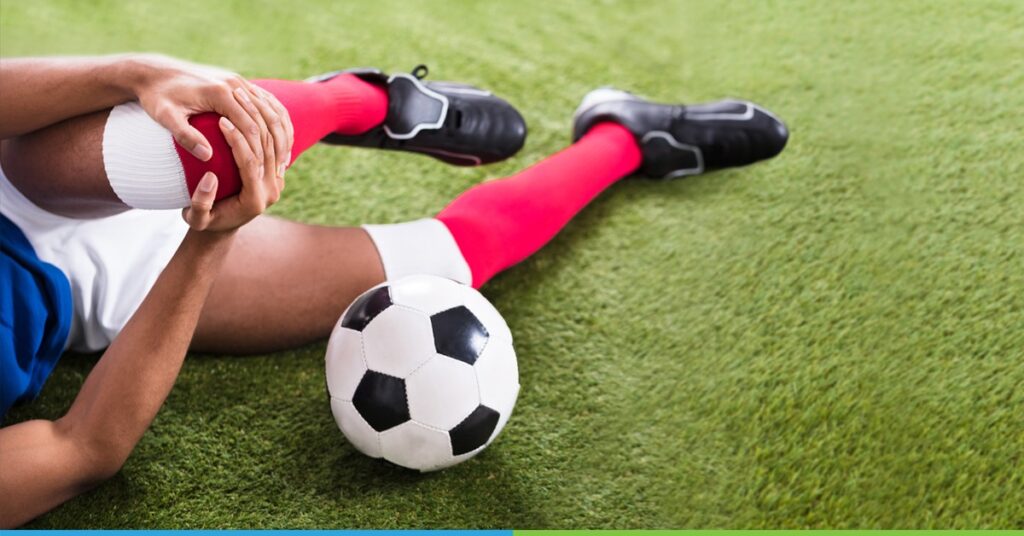Common Sports Injuries and How Orthopedics Can Help You Recover
Sports injuries happen when a part of your body gets hurt during physical activities like playing sports, exercising or doing athletic tasks. These injuries can occur suddenly such as spraining an ankle or falling, or they can develop over time from repetitive movements, like overusing a muscle or joint. Sports injuries can range from mild like a small muscle strain to more serious ones, like broken bones or torn ligaments. Understanding common sports injuries can help you prevent them and recover faster with the help of orthopedic specialists.
What Are the Most Common Parts of the Body Injured?
Sports injuries can affect various parts of the body but the most common areas include:
- Knees: Knee injuries such as sprains, tears or dislocations are often caused by sudden twists or impact.
- Ankles: Ankle sprains are common, especially in running and jumping sports.
- Shoulders: Shoulder injuries like dislocations or rotator cuff tears can occur in sports that involve a lot of arm movement.
- Wrists: Wrist fractures and sprains often happen during falls or contact sports.
- Back: Strains or muscle injuries in the back are common among athletes who lift heavy weights or engage in high-impact activities.
Symptoms of Common Sports Injuries
The symptoms of sports injuries can vary depending on the part of the body affected. Common signs include:
- Pain: Sharp or dull pain in the injured area.
- Swelling: Inflammation and swelling around the injury.
- Limited Movement: Difficulty moving the injured joint or limb.
- Bruising: Discoloration and bruising in the affected area.
- Weakness: A feeling of weakness or instability in the joint.
Causes of Sports Injuries
Most sports injuries are caused by:
- Overuse: Repeating the same movements without proper rest can cause strain on the muscles and joints.
- Improper Technique: Incorrect form or technique can lead to injury, especially in contact or high-impact sports.
- Lack of Warm-Up: Failing to warm up before exercise increases the risk of muscle or ligament injuries.
- Sudden Impact: Collisions or falls during sports can cause fractures, sprains, or dislocations.
Treatment for Sports Injuries
Orthopedic specialists can offer various treatments depending on the severity of the injury:
- Rest and Ice: Minor injuries may only require rest, ice and over-the-counter pain relief.
- Physical Therapy: Stretching and strengthening exercises guided by a therapist can help restore movement and strength.
- Bracing or Taping: Supportive braces or tape can protect injured areas while they heal.
- Surgery: In severe cases, surgery may be needed to repair torn ligaments, tendons or broken bones.
How to Prevent Common Sports Injuries
While not all injuries are avoidable, there are ways to reduce the risk:
- Warm Up Properly: Always warm up before playing sports to prepare your muscles and joints.
- Use the Right Gear: Wear appropriate shoes, helmets and padding to protect your body.
- Practice Good Technique: Learn the proper form for your sport to reduce strain and impact.
- Rest Between Activities: Give your body time to recover by scheduling rest days and avoiding overtraining.
Aftercare Tips for a Quick Recovery
Once you’ve been treated for a sports injury, following these aftercare tips can speed up your recovery:
- Follow Medical Advice: Stick to the treatment plan provided by your orthopedic specialist.
- Stay Active Safely: Engage in light activities to keep your body moving without stressing the injured area.
- Eat a Healthy Diet: Nutrients like protein, vitamins and minerals support healing.
- Get Enough Rest: Sleep and relaxation are essential for your body’s recovery process.
Sports injuries are common but with proper treatment from orthopedics, you can recover and get back to doing what you love. By understanding the causes, symptoms and treatment options, you can also take steps to prevent injuries in the future. Always listen to your body, use proper techniques and don’t hesitate to seek help from orthopedic experts when needed.

